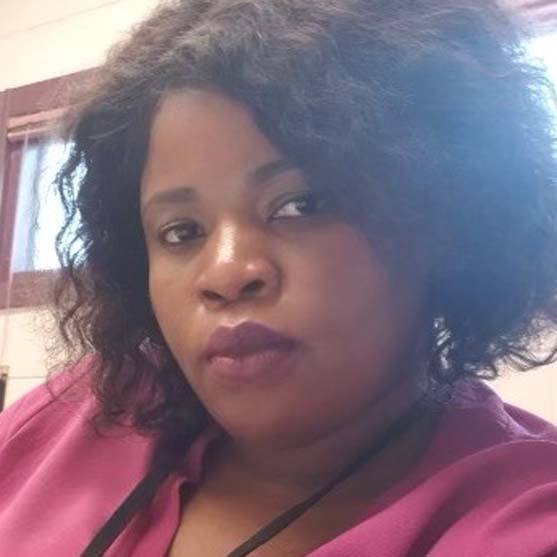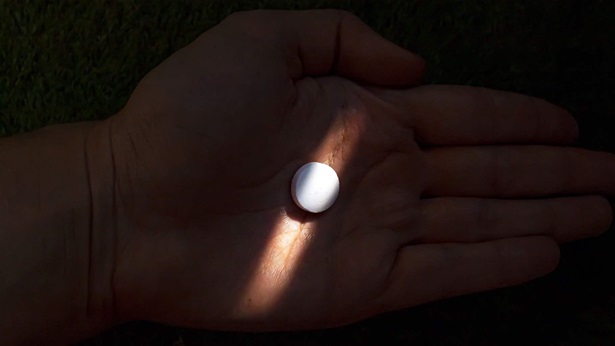How One Corrections Facility Is Linking Individuals to Addiction Treatment
At a New Jersey jail, access to medication for opioid use disorder is prioritized and tracked post-release
Claire R. Daniel oversees the medical and mental health nursing staff at Somerset County Jail in New Jersey, about 45 miles west of New York City, managing the program that delivers medication for opioid use disorder (OUD) for jail residents and for people re-entering their community post-release. Such programs are a key component of health care for individuals in the criminal legal system, with 65% of this population estimated to have a substance use disorder (SUD)—but the vast majority of these facilities don’t offer medication treatment.
This interview has been edited for length and clarity.
Q: What are the most common challenges that jail residents with OUD face when they re-enter the community?
A: The biggest hurdle is ensuring that they have support. Oftentimes, they end up back in jail just because when they were outside they couldn’t get any help on their own or from social service organizations—especially during the pandemic.
Q: What resources do you refer them to in the community?
A: Recovery centers for SUD are one of our counterparts. They take referrals from us, help set up Medicaid coverage, and let us know if the individual doesn’t make it to a doctor’s appointment.
Together with the recovery center we link the individual to transportation services and make sure they go to their appointments. And we send all their medical records to the facility they’re going to. Getting to the first two appointments is very important; we’ve found people who make it to those appointments are more likely to maintain treatment than those who don’t.
Q: Is OUD treatment available for most people within a reasonable distance?
A: It’s very important for us to ask, before release, “Where is home?” And as long as we schedule their appointment within about 15 miles from where they live or where they’re staying, they’re likely to make it there.
Q: Does the jail offer “bridge medication,” or prescriptions for people with OUD so they have their medication until they can find a community health care provider?
A: Yes. We call the buprenorphine prescription in to a local pharmacy when they get discharged, and they can pick up a seven-day supply of medication at no charge, thanks to state grant funding.
We try to schedule their first appointment for two to three days after release, so a seven-day supply gives them an extra cushion. We found that the seven-day supply is the right amount; if we gave a two weeks’ supply, we would be concerned that they may never make it to their appointments at all.
Q: About how many people are continuing medication post-release from your jail?
A: Around 80%. They may switch from the medication they used in jail to a different FDA-approved medicine, but they’re still being treated with one of them.
Q: Has the program changed during the pandemic?
A: When people test positive for COVID-19 upon intake, we have to change their medication to sublingual buprenorphine tablets so we can spend less than 15 minutes with them. We’ve also seen a lot more recidivism, in part because when community programs shifted to virtual operations, that created challenges for people leaving the jail and seeking support.
Q: How do you measure success for your re-entry program?
A: Every month we submit data to the New Jersey Department of Human Services as part of our state grant agreement. We keep track of whether people made it to their first and second appointments, and whether they came back to the jail. The data has been really helpful in looking for trends.
Q: What have you found so far?
A: The majority of individuals are making it to their first appointment in the first 30 days, and about half make it to their second. But about 30% never make it to any appointments, and we’re likely to see them back at the jail. For this group, we’re looking to see if there’s something we can change in our practices.










